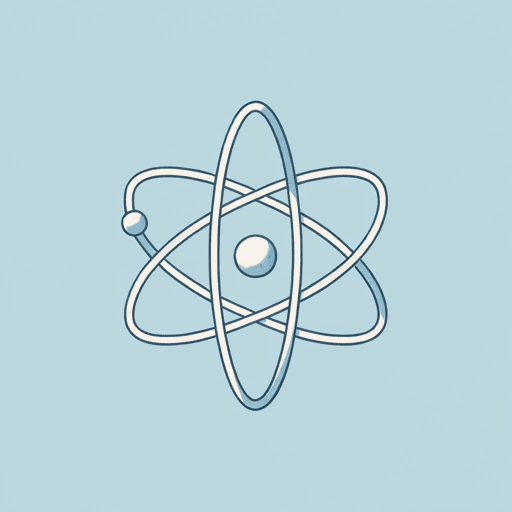46 pages • 1 hour read
LucretiusOn The Nature Of Things
Nonfiction | Essay Collection | Adult | Published in 1910A modern alternative to SparkNotes and CliffsNotes, SuperSummary offers high-quality Study Guides with detailed chapter summaries and analysis of major themes, characters, and more.
Book IVChapter Summaries & Analyses
Book IV Summary
This book focuses on how the senses—particularly vision—receive information, and the relationship between the senses and the mind. It then segues into a discussion of vital functions, including nourishment and sexual desire.
Lucretius launches quickly into his scientific arguments, explaining that the sense of vision is made possible by images, “forms whose texture is so fine that they cannot be seen individually” (Book IV, line 89; page 102), shed by objects. These images are thin films of particles that emanate from the very surface of everything, eventually making their way to our eyes.
Images, according to Lucretius, flow from every object in a constant stream. That’s why, when you move a mirror in front of something, the mirror is immediately able to pick up its reflection. Furthermore, “...all objects must in a moment of time throw off countless images in countless ways in all directions on every side…” (Book IV, lines 164-165; page 104), which explains why you can move a mirror all the way around an object and it always reflects that side of it back. We are able to gauge distance, Lucretius tells us, because images push a current of air into our eyes, proportional to the distance they’ve traveled.

